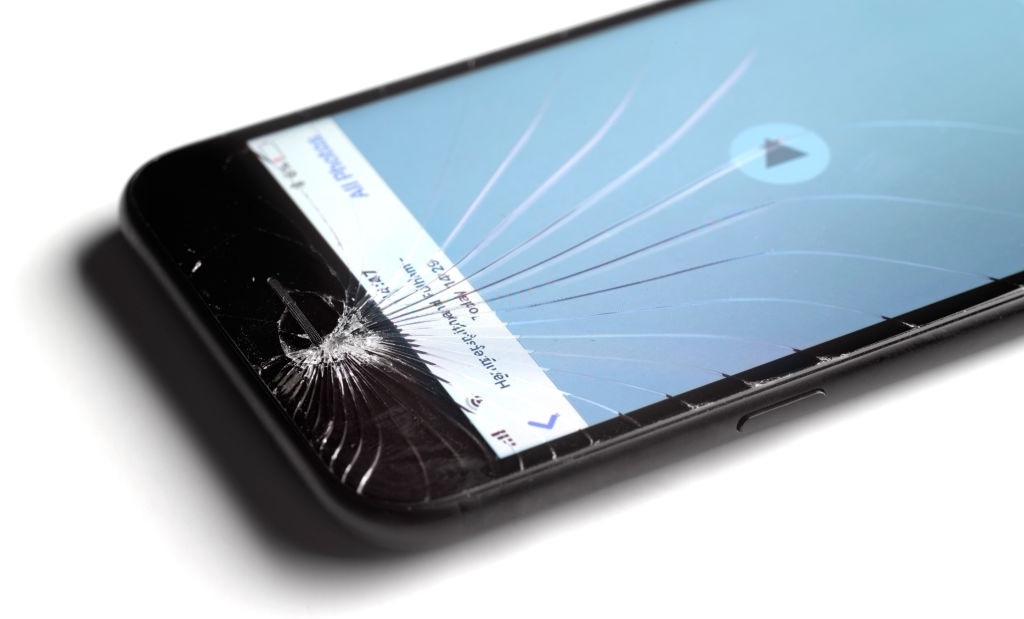You are in a multimedia store, and the seller offers you mobile phone insurance. Or you place an order for a smartphone on the website of your mobile telephone operator and, before confirming your order, the site suggests that you supplement it with an insurance product.
For 12-20$ on average per month, you wonder if you should take out this type of contract? What are they covering?
Today’s article will explain five risks you can insure yourself against with mobile phone insurance.
What risks can I insure myself against?
You have the option of insuring your smartphone against the following risks:
1. Fall and breakage
Breakage damage is the classic among the involuntary mobile phone quirks. Everyone probably knows at least one person who has a phone with a broken display. Protection against broken glass and housing damage is essential and is therefore included in every common mobile phone insurance.
2. Electronics damage
This point primarily includes overvoltage damage. If you connect the phone to the electricity during a thunderstorm, there is a risk of a total failure of your device in the event of a lightning strike. Electronic damage is included in almost all insurance policies.
3. Robbery, housebreak or simple theft
This risk is likely to be particularly important for many when taking out mobile phone insurance. In contrast to robbery and housebreak, simple theft very often occurs. Please note: pickpocketing is usually not included in the standard versions of mobile phone insurance. To protect yourself against this risk, you need to choose the more expensive products.
4. Fluid damage
If the cell phone no longer works because the liquid has penetrated it, this is, in principle, a case for the insurance company. But many insurers rule out weather influences. So if you walk through a cloudburst with your cell phone to your ear, you may not receive a compensation from the insurance company.
5. Costs for unauthorized use after theft
Protection against unauthorized third-party use after a theft is also only ensured in the premium products of the insurers. So that it doesn’t get that far, you can block your SIM card as soon as possible after the theft.
Caution: Insurance does not cover all risks. It is therefore important to be aware of the following two exceptions.
1. Wear and tear
Normal signs of use, such as external wear and tear or a drop in battery performance, are not included in the insurance.
2. Gross negligence
Insurers rule out gross negligence, especially in the event of theft. An example of this: you go to the bathroom in a restaurant and leave your cell phone on the table. When you come back, it’s gone. So you should exercise care despite having insurance.
Mobile Phone Insurance Through a Credit Card
Some credit cards like American Express® Business Gold Rewards Card® and MBNA Rewards Platinum Plus® Mastercard® include mobile phone insurance as a cardholder benefit. However, there may be a limit on how many claims you can file each year. And there’s often a per-incident and annual limit as well. For example, with the MBNA Rewards Platinum Plus® Mastercard®, you’re only covered up to $1,000 if your mobile device is lost, stolen, damaged, or malfunctions.
In conclusion: When is mobile phone insurance worthwhile?
Mobile insurance is relatively expensive. The annuity can cost about 50% of the cell phone value, while car insurance is approximately 10% of the price of the vehicle.
With that in mind, purchasing mobile phone insurance may be more advantageous for those with a higher value smartphone.
But more than that, it’s important to analyze whether you are prone to more risks of theft and robbery. If you work from home, for example, and don’t go out often, you may not need insurance.


